Diving deep into BGSU’s Marine Lab
Dr. Neves and Dr. Partin standing by touch tank.
February 8, 2023
The BGSU Marine Laboratory gives students and community members the opportunity to dive deep with marine creatures without traveling far from home.
The Marine Lab, located on the second floor of the Life Sciences Building, was started in 1963 by faculty alumnae Cynthia Stong. Stong went on a field trip and brought back animals, which she then put into tanks. The lab has grown exponentially since then.
The lab currently features animals like coral reefs, stingrays, starfish, hermit crabs, horseshoe crabs and plenty of different types of fish like the African Cichlid.
Dr. Matthew Partin, the director of the marine lab and professor of marine biology, stated each tank is maintained by students for research or class projects. Many students of the marine biology program are focusing their projects on coral reefs, including one student who is testing to see which size fragment from a coral reef grows the fastest.
Partin and Dr. Kevin Neves, a professor of marine biology, said the marine lab helps students in the program work hands-on instantly.
“You can come in as a freshman and start volunteering and helping out (with the lab) from the get-go,” said Neves.
Sara Dembowski, a second-year student in the marine biology program, said she has taken care of three tanks within the lab and was able to have experience in “taking care of African and Zebra Cichlids, Upside-Down Catfish, and now coral.”
The marine biology program wasn’t always popular, as Partin noted when he graduated in 1999, there were only “20 or so people.”
Neves added it has grown quickly in the last five years, though.
“I think part of why it has grown is because it’s something people get excited about, but there’s nowhere else around here to do it. If you’re in the midwest and you want to study marine biology, we’re a good option that’s more affordable than the others,” said Neves.
Students within the program have the opportunity to study abroad and get field experience in the Gulf Coast, Curaçao and the Galapagos Islands. Many graduates move on to work in zoos, aquariums, the U.S. Fish and Wildlife, National Marine Fisheries or go to graduate school.
Not all students go the traditional route, however.
“We had a group of students that started their own production company called “Running Wild Media,” and got funding from National Geographic to make documentaries about marine life. They just released a documentary about a salamander found in Ohio called the “Hellbender,” and how pollution has affected it,” said Partin.
Not only does the lab and program give opportunity for students to further their education and careers, but also opens doors to personal connections with one another and with professors.
Our students are getting this tremendous amount of sense of belonging and seeing older students who are graduating and getting jobs that motivate the younger students that they can do it too.
— Dr. Matthew Partin, Director of the marine lab
Neves and Partin both claimed being able to see and help the students who come into the lab everyday allow them to make a personal connection with them, even long after graduation.
“I get to know the students really well. You get to see them pair off, get married and pursue their careers. I feel like they’re family, I get to see them grow up and do cool things,” said Partin.
Neves noted prior to the pandemic, the lab was used as a social gathering place where students came and studied or played games like Euchre together. As things slowly go back to what was once normal, students are enjoying their time spent in the lab.
Sophia Gabriel, a fourth year transfer student, has only been with the program for two weeks. However, she said, “I love it here. I love it here so much. I’m in here everyday whether I’m working with my tank, which is the hermit crab, or studying.”
Though the marine lab is located on-campus, it is open to the community as well. Local schools regularly visit the lab for field trips and Neves said, “It’s fun to see kids light up when they come.” Schools primarily focus on the touch tank, where the horseshoe crabs, stingray and starfish reside.
Students outside of the program are also invited to stop into the lab and take a look around. Neves noted that many students in his class are always “amazed” when told they are more than welcome to stop by.
The marine lab is free for visitors and is open from 9 a.m. to 5 p.m. Monday through Friday, unless there is a special program going on.
For more information about the marine lab, click here.


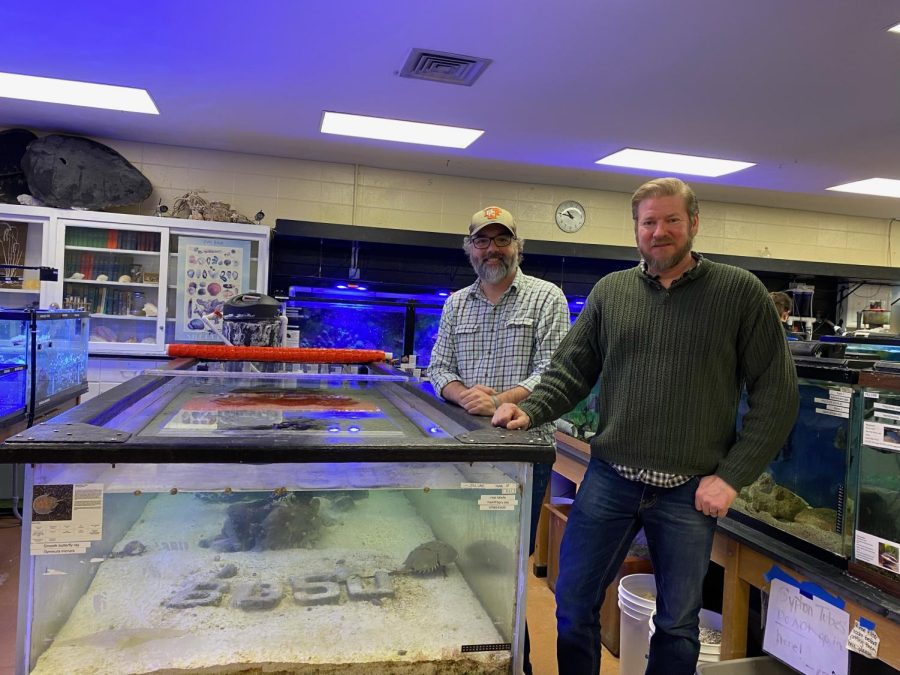
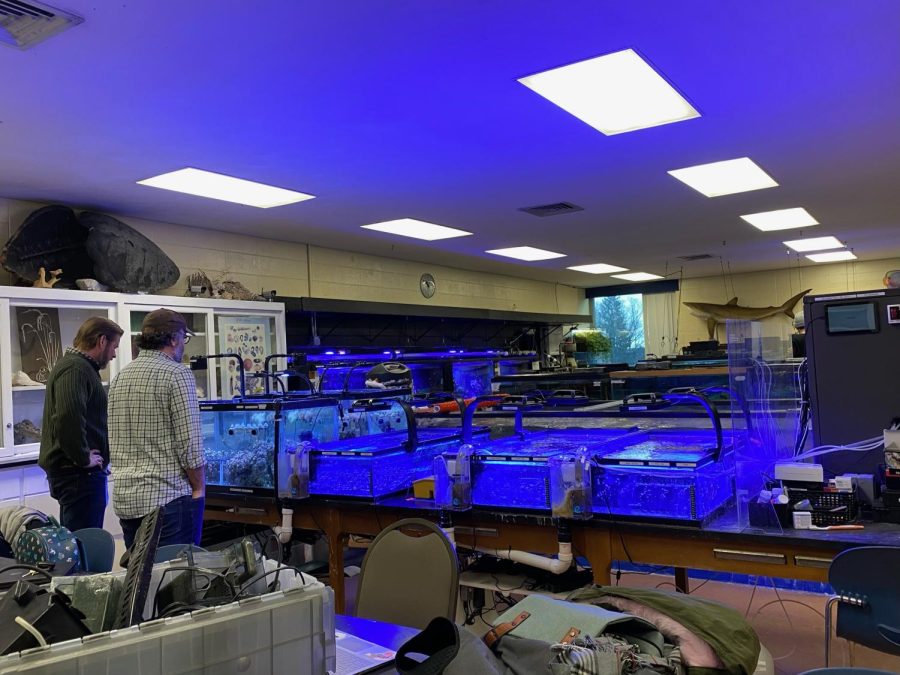





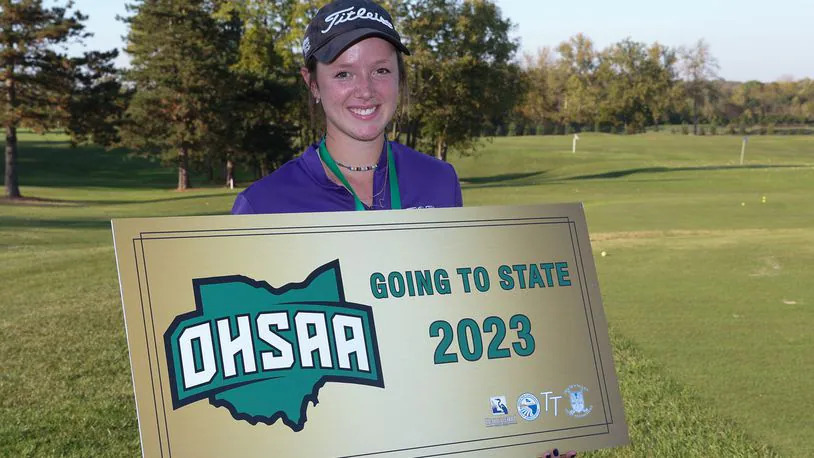
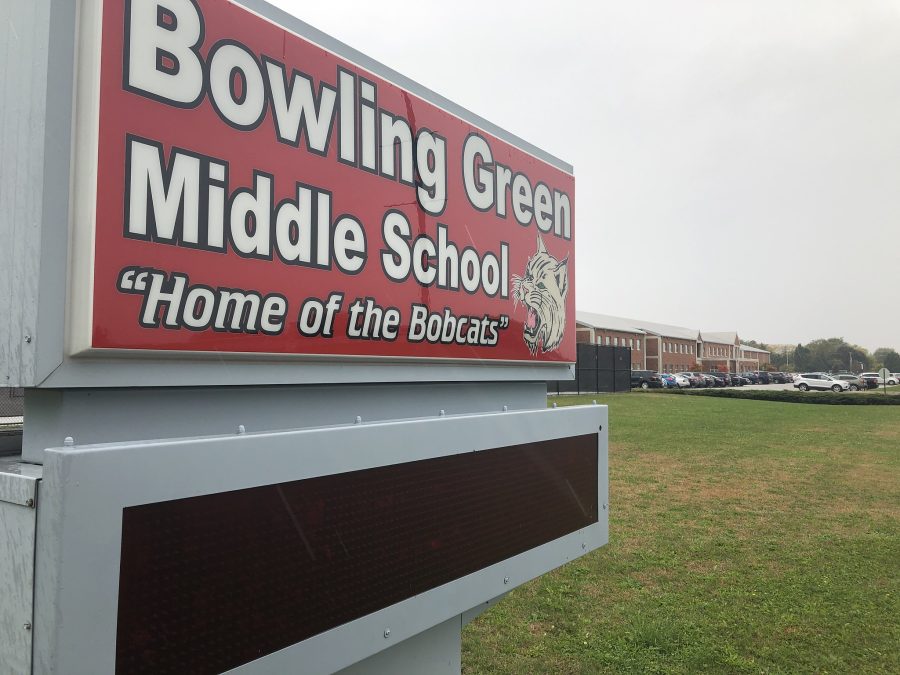
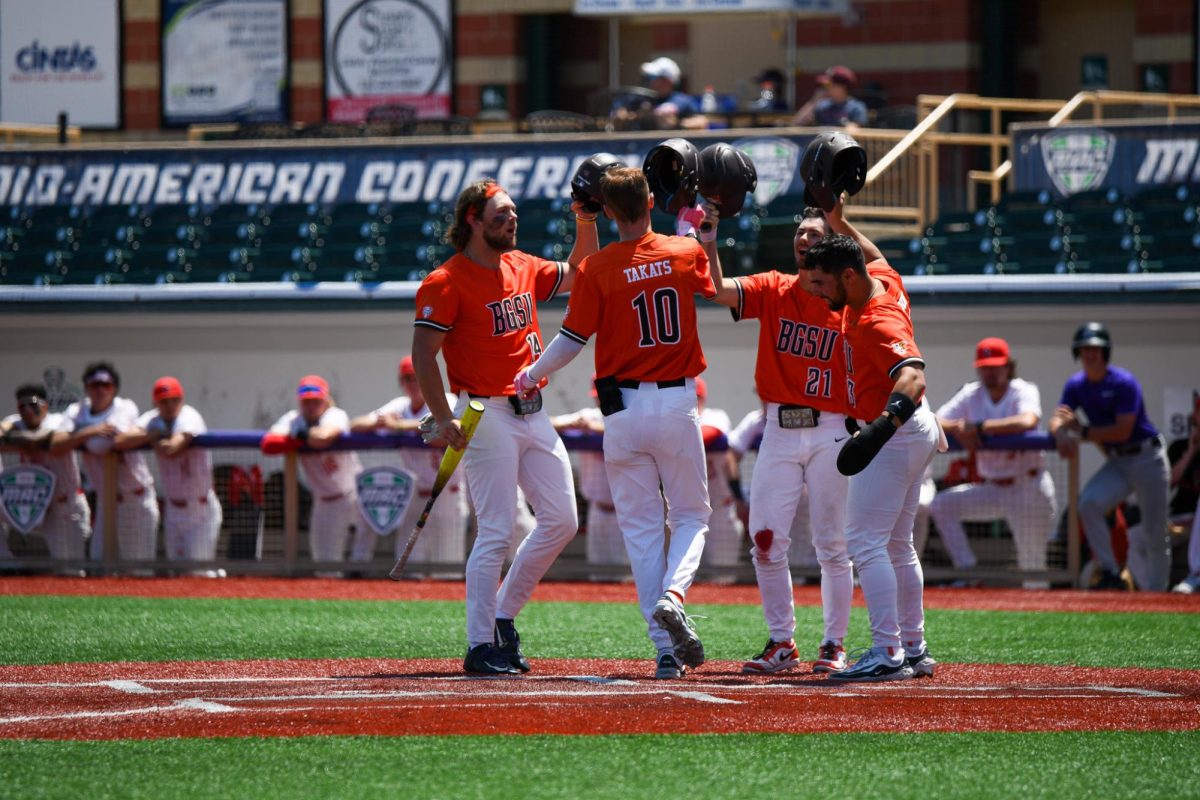



Ron • Feb 10, 2023 at 10:36 pm
A great asset for the university!